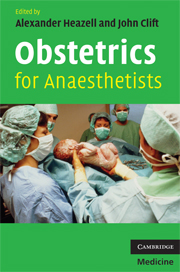
- Cited by 1
-
Cited byCrossref Citations
This Book has been cited by the following publications. This list is generated based on data provided by Crossref.
2010. Appendices. Journal of the California Dental Association, Vol. 38, Issue. 6, p. 427.
- Publisher:
- Cambridge University Press
- Online publication date:
- August 2009
- Print publication year:
- 2008
- Online ISBN:
- 9780511544569




